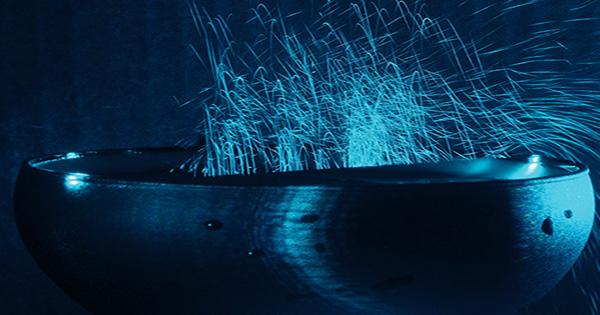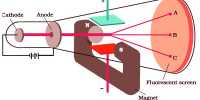Scientists at ETH Zurich were able to live in a glass nanosphere using laser light and slow down the motion to its lowest quantum mechanical state. It can bring Quantum Mechanics closer to our size as well as help us improve by employing it in more technology. This breakthrough reported in nature was only possible for truly great strategies. The sphere, which is 100 nanometers in diameter, was designed to be trapped in an optical trap. A laser is holding it suspended in mid-air.
The trap is in the vacuum container and it is cooled a few degrees above absolute zero in temperature. Even after all this, the sphere is still not in a quantum state because it has received too much energy. To make it slower, the team uses light reflected by other lasers and spheres. This creates an interference pattern and the team cans the laser in such a way that pulling the light towards the sphere and pulling it slows it to its ground position.

Senior author and Professor of Photonics, Lukas Novotny said in a statement, “This is the first time such a method has been used to freely control the quantum state of a macroscopic object.” Similar approaches have been achieved in optical resonators, but when the interference laser is turned off, this method allows the sphere to be examined in full isolation. This allows the quantum waves of the sphere to propagate freely. Something exciting Electrons and photons are waves and particles as well as the nanosphere. It may one day be possible to test this using a double-slit test and see the type of intervention expected. “But for now, it’s just a pipe dream,” Novotny warned.
Applications of this kind of approach can be revolutionary. Last month, researchers announced that they were able to bring a 10-kg (22-pound) optomechanical pendulum made by a mirror located near quantum ground conditions to observe LIGO gravitational waves. Reaching the level of “stability” in larger and larger objects is crucial to creating better and better sensors. There are already quantum sensors that are already used to measure the smallest acceleration or rotation by interfering with atomic waves. The more sensitive the interfering object, the more sensitive the sensor gets. Thus nanosphere or larger objects can be a groundbreaking achievement for ultra-precise measurement.
















